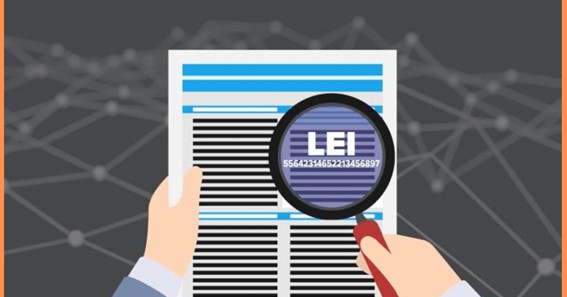Introduction
More accurate standards are needed to identify legal entities, and thus the introduction of the Legal Entity Identifier (LEI) is an important step in improving trade transparency.
LEI is a 20-digit alphanumeric code that identifies legal entities participating in financial transactions. Each LEI is unique and contains reference information that enables simple and instant identification of an entity. As an international standard (based on ISO 17442), all LEI information is published publicly and is accessible to all.
While companies often have business registration numbers in the country in which they are made, LEI is an international standard designed for more smooth cross-border transactions. Business registration standards vary by country, but the LEI format is the same worldwide.
LEI code registration
For companies that require a LEI, the process is quite simple: Companies contact the organization issuing the LEI, provide the required information, and pay a reasonable fee. The issuing organization then checks the information against an authoritative source, such as a trade register, and if everything is checked, you get your LEI.
Minimum data required to verify LEI:
* Official name of the legal entity listed in the official registers
* Registered address of this legal entity
* Country of formation
* Names of countries and codes for their subdivision
Date of first LEI assignment, date of last update of LEI information, and expiration date, if applicable
The original 20-character LEI is divided into three sections. The first four letters are for identifying the issuing entity, 5-18 letters are for company identification, while the last two letters are for check digits.
As global trade and third party relations become more complex, the need for clear and immediate business identification increases. Common standards such as LEI enable better identification and better data sharing, help reduce costs and speed up business processes. Of course, diligence is still needed. Number one will not magically solve all your Know Your Business (KYB) needs. But, as an additional data point and additional check to ensure that you can rely on your business relationships, LEI is another useful tool for international business development.
Then the regulator will have to approach different authorities, different exchanges, banks and others, it will have to deal with issues like different data in different formats under different names. Achieving what the regulator wants will require long-term understanding and stability. The Legal Entity Identification Code is the only answer that provides the regulator with all the information related to financial transactions at a time about any institution in a standard way.
Conclusion
The LEI Code is a 20-letter international unique identification code assigned to entities that are parties to financial transactions. Globally, the use of LEI has gone beyond derivative reporting and is being used in areas related to banking, securities market, credit rating, market monitoring, etc. LEI is a global standard, designed for financial data that is freely accessible to all. The structure of the global LEI is determined in detail by ISO standard 17442 and the requirements of the Financial Stability Board (FSB) are taken into account.







